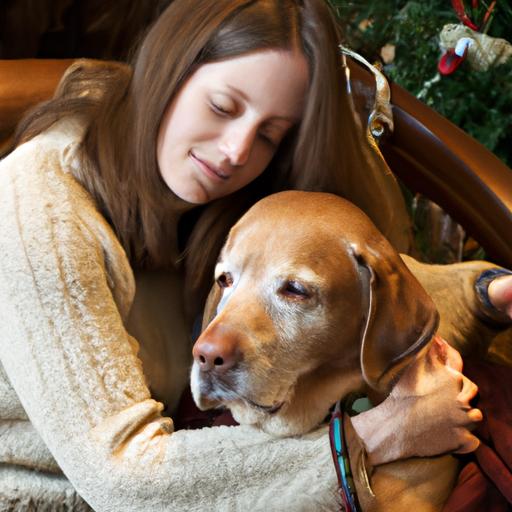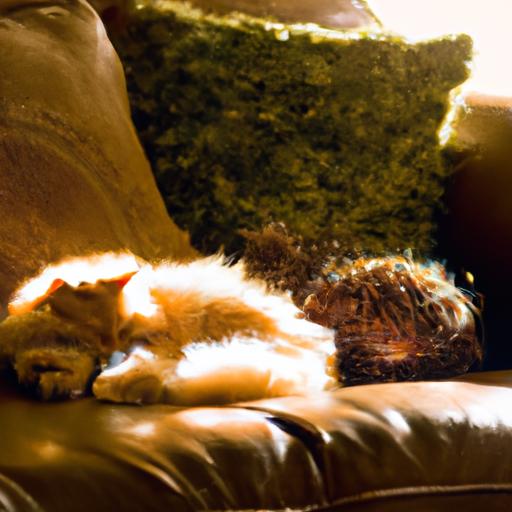
Tips for Feline Harness Training: A Complete Guide
Discover expert tips for feline harness training in this comprehensive guide. Train your cat to wear a harness and explore the outdoors safely.
Introduction
Are you a cat owner looking to explore the great outdoors with your feline friend? Feline harness training is the perfect solution to keep your cat safe while enjoying outdoor adventures together. In this comprehensive guide, we will provide you with expert tips and advice on how to successfully train your cat to wear a harness and walk on a leash.
Importance of harness training for cats
Harness training offers numerous benefits for both you and your beloved feline companion. It allows your cat to experience the outside world in a controlled and safe manner, reducing the risk of accidents or getting lost. It also provides mental stimulation and physical exercise, enhancing your cat’s overall well-being. Additionally, harness training can strengthen the bond between you and your cat, as you embark on new adventures together.
Tips for Feline Harness Training
To ensure a smooth and successful harness training experience for your cat, follow these essential tips:
Understanding your cat’s personality and readiness for training
Every cat is unique, and their readiness for harness training may vary. Before starting the training process, assess your cat’s personality and comfort level with new experiences. Some cats may be naturally curious and adaptable, while others may be more cautious or resistant to change. Tailor your training approach accordingly, keeping in mind that patience and understanding are key.
Introducing the harness and creating positive associations
Introduce the harness gradually, allowing your cat to become familiar with its presence. Start by placing the harness near your cat’s sleeping area or favorite spot, allowing them to investigate it at their own pace. Pair this introduction with positive reinforcement, such as treats or gentle praise, to create a positive association with the harness.
Gradual desensitization to wearing the harness
Once your cat is comfortable with the presence of the harness, it’s time to introduce them to wearing it. Start by placing the harness loosely on your cat’s back for short periods, gradually increasing the duration as they become more accustomed to the sensation. Monitor your cat’s body language to ensure they are not showing signs of distress or discomfort.
Positive reinforcement techniques during training sessions
During the training sessions, use positive reinforcement techniques to encourage your cat’s cooperation and build a positive association with the harness. Reward your cat with treats, praise, or playtime whenever they display calm behavior while wearing the harness. This will motivate them to associate the harness with pleasant experiences and make the training process more enjoyable for both of you.
Slowly introducing leash walking and outdoor environments
Once your cat is comfortable wearing the harness indoors, it’s time to progress to leash walking. Attach a lightweight leash to the harness and allow your cat to explore in a controlled indoor environment. Gradually introduce them to different surfaces, sounds, and objects to simulate outdoor experiences. This step-by-step approach will help your cat adjust to the new sensations and build confidence.
Patience and consistency in the training process
Harness training requires patience and consistency. Every cat progresses at their own pace, so avoid rushing the process. Be prepared for setbacks or resistance, and give your cat ample time to adjust. Consistency is key to reinforcing positive behaviors and ensuring long-term success. Practice short training sessions regularly, gradually increasing the duration and complexity as your cat becomes more comfortable.
FAQ (Frequently Asked Questions)
Can all cats be trained to wear a harness?
Harness training is possible for most cats, but the level of success may vary depending on their individual personality and temperament. Some cats may take to harness training easily, while others may require more time and patience. It’s important to respect your cat’s comfort level and not force them into wearing a harness if they show extreme resistance or distress.
How long does it usually take to train a cat to wear a harness?
The duration of harness training can vary from cat to cat. Some cats may become comfortable with wearing a harness within a few days, while others may require several weeks or even months. Remember to be patient and allow your cat to progress at their own pace. Rushing the process can lead to setbacks and create negative associations with the harness.
What type of harness is best for cats?
When selecting a harness for your cat, opt for a lightweight and escape-proof design. A harness with adjustable straps and secure closures will ensure a proper fit and prevent your cat from slipping out. Consider a harness specifically designed for cats, as they offer a comfortable and secure fit. It’s important to avoid using collars for leash walking, as they can cause injury and discomfort.
How do I address resistance or fear during training?
Some cats may exhibit resistance or fear during harness training. If your cat shows signs of distress or resistance, take a step back and reassess their comfort level. Slow down the training process and provide more positive reinforcement. Offer treats, playtime, and verbal praise to create positive associations and gradually build their confidence. If the resistance persists, consult with a professional animal behaviorist for further guidance.
Can an older cat be trained to wear a harness?
Yes, older cats can be trained to wear a harness. However, it’s important to consider their physical health and temperament. Older cats may require more patience and gentle handling during the training process. Start with short training sessions and gradually increase the duration as your cat becomes more comfortable. Always prioritize your cat’s well-being and consult with a veterinarian if you have any concerns.
Conclusion
Harness training opens up a world of exploration and adventure for your feline companion. By following the tips outlined in this guide, you can successfully train your cat to wear a harness and enjoy outdoor experiences together. Remember to be patient, understanding, and consistent throughout the training process. With time and positive reinforcement, your cat will become a confident and content explorer. So, grab that harness, put on the leash, and embark on exciting adventures with your feline friend!
For more detailed information and additional tips for successful cat harness and leash training, visit ubipets.com.























